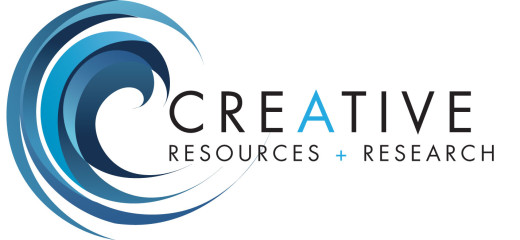Understanding the Difference Between Editing and Proofreading
In the realm of grant writing, the distinction between editing and proofreading is often blurred, yet understanding the nuances between these two stages of the writing process is crucial for crafting a compelling proposal. Both processes are essential to ensure the final document is polished, coherent, and ready for submission. However, they serve different purposes and require a unique set of skills and attentiveness.
Editing: Shaping Your Narrative
Editing is the first crucial step after the initial draft of the grant proposal is complete. It involves reviewing the document for clarity, coherence, structure, and argumentative strength. An editor’s role is to ensure that the proposal articulates a compelling narrative that aligns with the grant’s objectives and criteria. This process may involve:
- Reworking sections for better flow and impact.
- Ensuring consistency in terminology and tone.
- Clarifying objectives and outcomes to match the funder’s goals.
- Strengthening the argument for why the project deserves funding.
- Adjusting the structure to meet the funder’s preferences or guidelines.
Editing is an iterative process that may require multiple rounds to refine the proposal’s content and structure and ensure it makes a strong, coherent case for funding.
Proofreading: The Final Polish
Proofreading is the last step before the proposal is ready to be submitted. It focuses on correcting surface errors in spelling, grammar, punctuation, and formatting. The proofreading process is crucial for presenting a professional and error-free document. Key tasks include:
- Correcting typographical errors and grammatical mistakes.
- Checking consistency in formatting, such as headers, footers, and font sizes.
- Ensuring adherence to style guides or submission guidelines.
- Verifying accuracy in references and citations.
While proofreading may seem straightforward, it requires a meticulous eye for detail. Even minor errors can detract from the proposal’s credibility and potentially impact the funding decision.
Conclusion
Both editing and proofreading are essential to developing a strong grant proposal. Editing ensures that the proposal’s narrative is persuasive and aligned with the funder’s objectives, while proofreading eliminates errors that could undermine its professionalism. By understanding and implementing both processes, grant writers can significantly improve their chances of success.
Contact us for information on resources like this!


